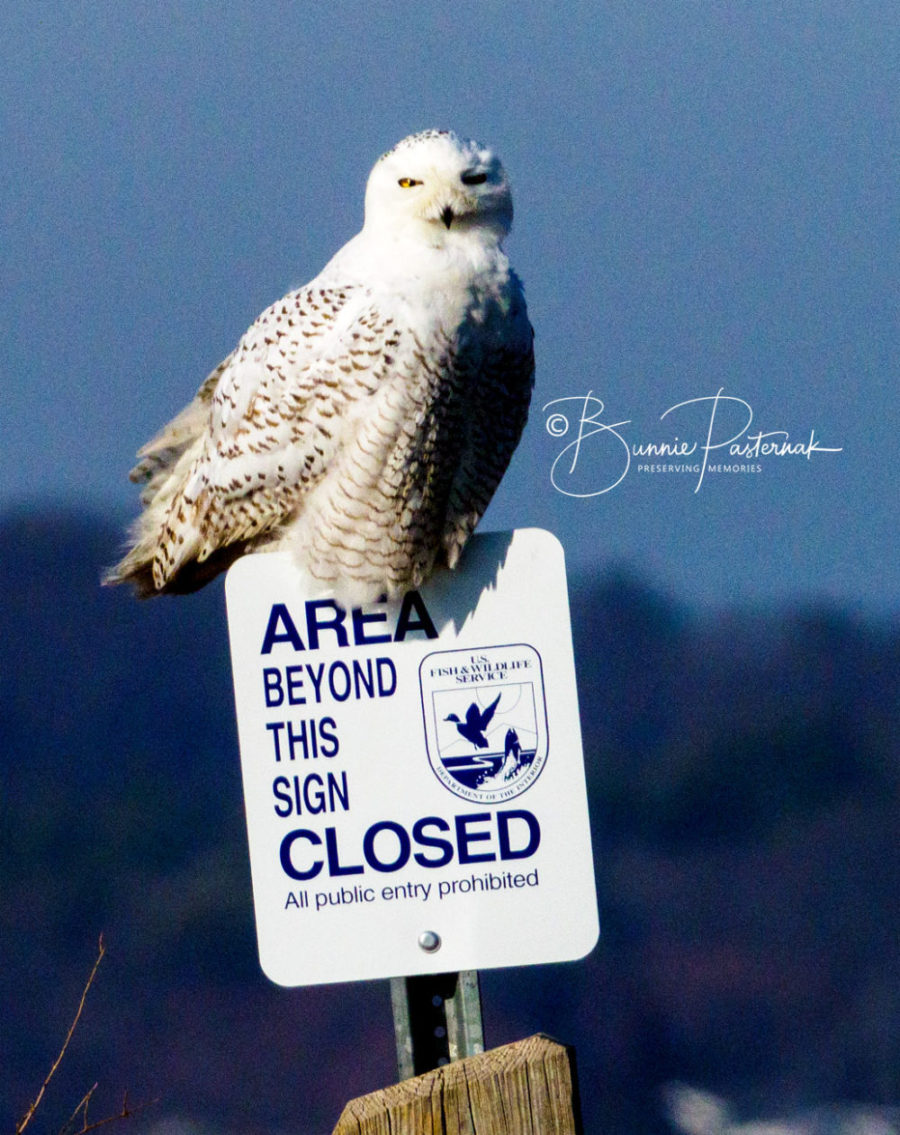
by Bunnie Pasternak | Feb 22, 2021 | Uncategorized
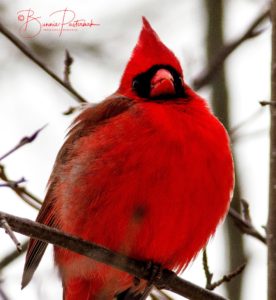
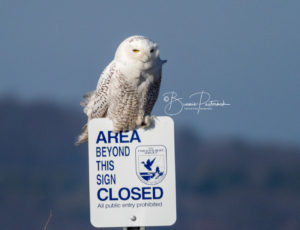

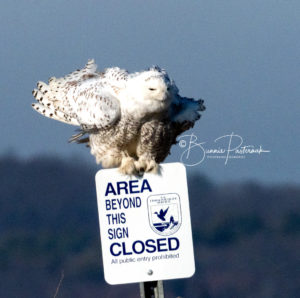
I recently came across a short article by Asher Elbein from Audubon’s Spring 2020 magazine (page 53, “Catch a Floof if You Can”) talking about lingo that has been popping up on the Internet for “cute bird photos.” After all, having cute bird photos should also be out there with all those “cute puppies,” “cute cats,” etc., etc. Interestingly, the new lingo making the rounds according to Elbein includes ” ‘birb’ for small, round, cute birds; ‘borb’ for those especially round; and ‘floof’ for a bird that is fluffed up.” Amazingly, you probably can find all forms right in your own backyard. Who knew there was such lingo to express what you were seeing all these years???
For instance, do you have a birdbath for the birds in your yard? I know it’s winter right now in New England, but birds still need fresh water, just like you and I do. The next time you see them trying to take a bath, splashing water everywhere — what do they look like after they’re done? A “birb,” a “borb”, or a “floof”? Some of them are definitely poofing or floofing up to dry out afterwards or even to stay warm. I saw a local Northern Cardinal all poofed up on a walk in Woburn a couple of weeks ago that caught me by surprise. Wow — my first recognized “borb” perhaps or was it really “floofing”? I’ll let you decide.
But, preening and poofing or even “floofing” happens for birds of all sizes. I recently was able to capture a Snowy Owl floofing, unknowingly, until I read the article. I just thought she was relaxing after preening and seemed pretty comfortable sitting on a sign post. While letting everyone know that where she was, no one should get any closer. And, if anyone moved, she gave them the evil, yellow eye that would stare the person down and they’d stopped moving. Afterward, her preening and “floofing” just went right on. What an opportunity to see this Arctic visitor right here in our own backyards. Let’s keep her and all her brethren safe, by giving all birds the needed space to protect them from harm and harassment of humans. And above all, given the opportunity, preserve those memories you create and share them. Enjoy!
by Bunnie Pasternak | Jan 25, 2021 | Uncategorized
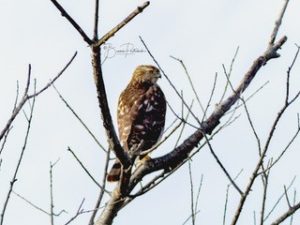
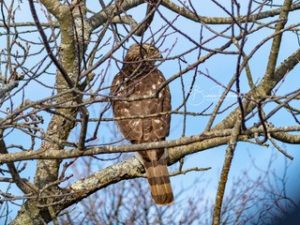
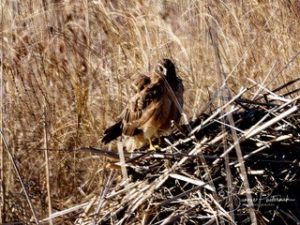
It’s always been one of those things for me that ruminates in my brain when I’m traveling 60+ mph on the highway, going to work or some other place, and spot a hawk landing on a light pole on the side of the road or even a tree on a backroad, where I can perhaps slow down and even stop for a moment to look at it.
Hawks are considered to be Raptors, just like Eagles and Owls. They fly with the intent to find something to eat from the highest and lowest perch they can find and yet, we barely notice them unless we stop and pull over for a minute or two before they move on. Sometimes they just sit in a tree with their chests out big looking around their territories letting you click away or they blend into their environment and may never be seen until they move again. This past week, I had the pleasure of finding both a Northern Harrier (I believe to be a female and/or immature) and an immature Cooper’s Hawk. I was spending time with a couple of photographer friends at the Parker River National Park and Refuge, taking the time to slow down and observe the hawks in action.
Hawks will often hide in plain sight and if you don’t slow down, you’ll miss them entirely. Plus, they’ll often be gone in a flash when you do stop to capture an image. But that’s ok — keep trying. There will be that day when you can get an image you can share with others. But most important, it is an image from your eyes alone that deserves the space on “your wall” as a memory or even a desktop picture like these.

by Bunnie Pasternak | Oct 30, 2020 | Uncategorized
While preparing to go to Africa, I was reading a lot about how to capture the best images of Africa’s people and its wildlife. What I found was that photographers, especially wildlife ones, generally seem to come down to focusing on the eyes. In practice, I am no different from them as it turns out — no matter whether I am photographing my family, my friends, my clients, or even actors and models on a photo shoot. It really does come down to the e-y-e-s, because you make an immediate, emotional connection with your subject – human or otherwise.
In fact in Africa, I ultimately found myself obsessed with capturing the eyes of Africa’s wildlife and the obsession was driven in part when I came across a Zebra poster in Monochrome in Botswana. The poster haunted me through my tours of Botswana, Kenya, and Tanzania, as I wanted to replicate the connection I felt in the Okavango Delta with the Zebra’s eyes. I eventually got several Zebras’ eyes, but my favorite is from the Ngorongoro Crater in Tanzania, at almost the end of my tour. Looking into the eyes of my Zebra made my search finally complete, and is a wonderful, preserved memory of the time I spent in Africa. As such, here it s from my eyes to yours.
by Bunnie Pasternak | Aug 15, 2020 | Uncategorized
The Myopia Polo Club, in South Hamilton, MA, is one of the oldest active polo clubs in America and has been in existence since around the 1890s. If you’ve never seen a polo competition up close and in person, you’ve missed a tremendous opportunity to see team members and their “polo ponies” battle it out against the opposing team using long-handled wooden mallets while trying to hit a small, very hard ball into the other’s goal while riding at speeds upwards of 30+ mph.
Besides being exciting to watch, polo is also a fabulous way to learn how to be prepared for the unexpected. Learning about how the game is played, what to watch out for in order to stay safe, how to set your camera up for success, and then, following through in capturing the riders, the horses, and the balls, all in focus, at full speed can begin to feel like second nature. That entire process turned out to be a major boost in my preparation for Africa, because I took the skills I learned at the matches and translated them into other uses, such as capturing sports and thousands of Wildebeest crossing the Mara River in Kenya. Practice, preparation, and then, more practice and preparation.
by Bunnie Pasternak | Jul 20, 2020 | Uncategorized
While I have been preserving memories of my travels and sharing them from my eyes to family and friends for years; Africa moved me to directly share those memories from my eyes to yours with the same passion. You see, Africa and its wildlife has intrigued me since I was a kid. As a result, my #1 trip of a lifetime was to travel there and I finally did in October 2018. Not by just staying in hotels and running into prime locations and back out, again. But in the bush itself on safari, where the wildlife roamed inches away – day and night.
As such, every personal and photography trip I took leading up to when I left for Africa, I had a full complement of equipment to assess as what worked best. I also took “photo walks” and “photo adventures” with fellow photographers, often sponsored by Hunt’s Photo & Video’s Education Department. I needed to know unequivocally how to make my African trip successful.
So, I focused primarily on the images that would push me the hardest to improve and be ready for the unexpected in the field. One place I started was with portraits in natural light at a place few have seen close up — Fort Warren, in Boston Harbor — with a Hunt’s photo walk. We spent the day with two models, where we took image after image in changing light. Here are a couple of the final product.
Next time, we meet here, I’ll take you to another place that made a big difference in being ready for the unexpected — Myopia Polo Grounds in South Hamilton, MA.
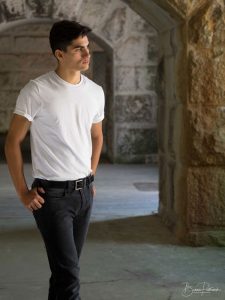
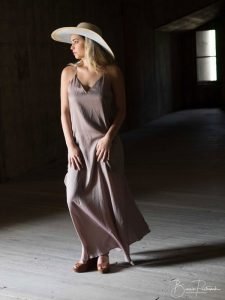











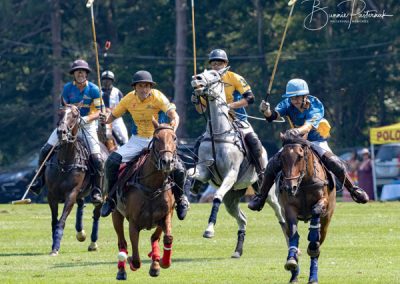
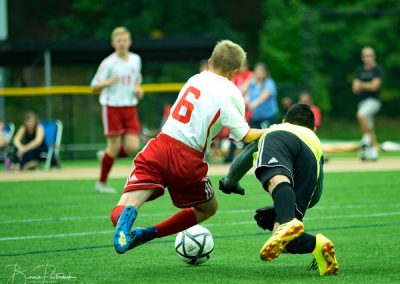



Recent Comments